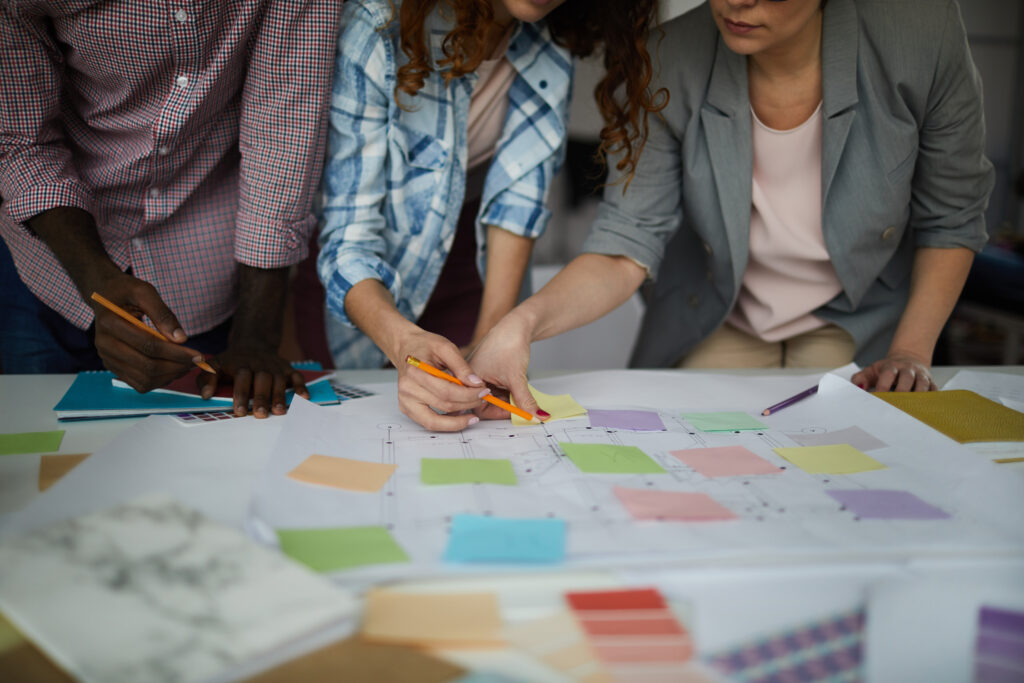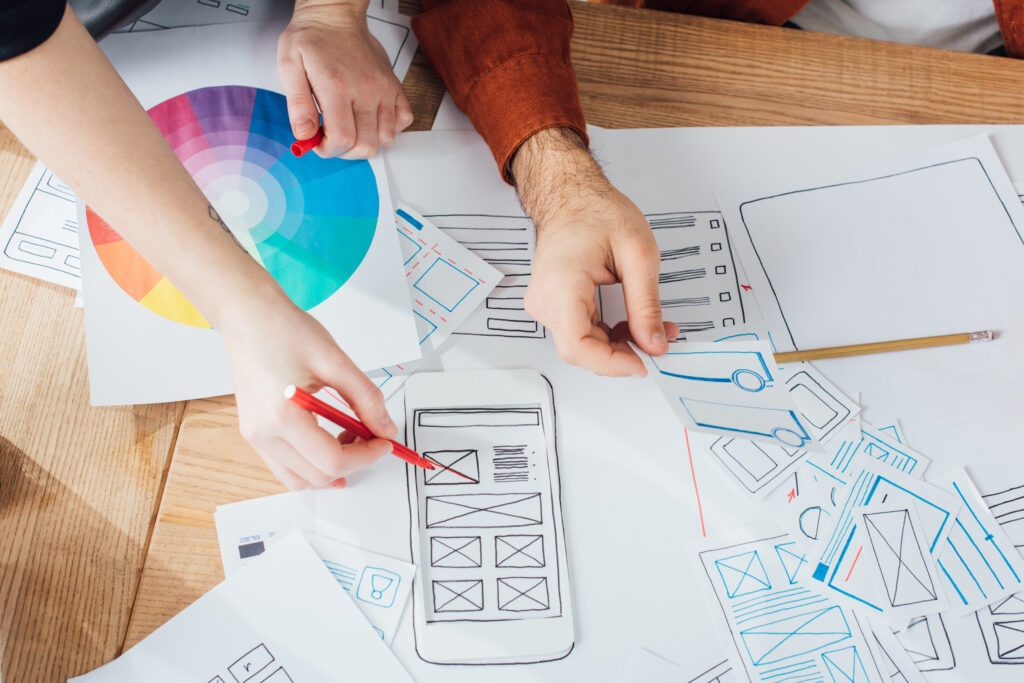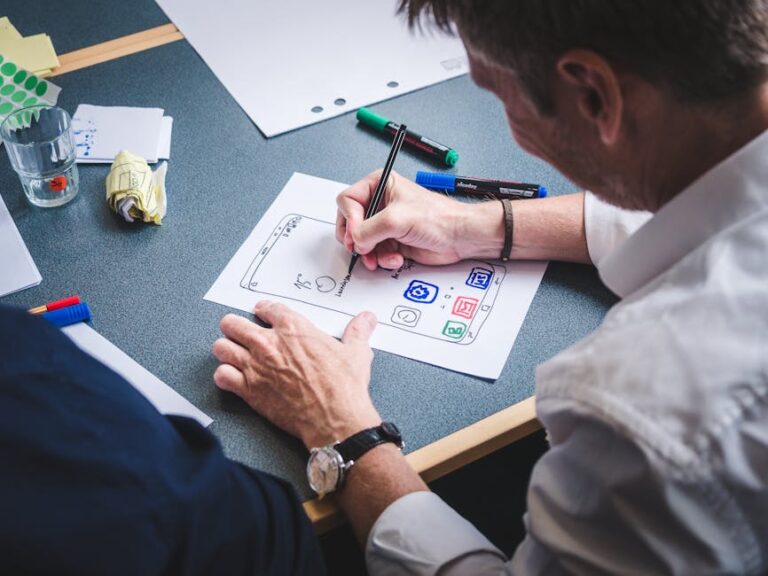Introduction

Navigating the world of design can feel overwhelming for business owners. Understanding the design process, from initial brief to final launch, is crucial for a successful project. This comprehensive guide will walk you through each stage, answering common questions and demystifying the process for entrepreneurs, SMBs, and creative agencies alike. We’ll cover everything from defining your project scope to managing expectations and ensuring a smooth launch.
This guide aims to equip you with the knowledge to confidently collaborate with design agencies and achieve your business objectives through effective design.
1. The Design Brief: Defining Your Vision
The design brief is the cornerstone of any successful project. It acts as a roadmap, outlining your goals, target audience, and desired outcomes. A well-defined brief ensures everyone is on the same page, preventing misunderstandings and costly revisions down the line.
Key elements of a strong design brief include:
- Project Goals: What do you hope to achieve with this design project? Increased brand awareness? Higher conversion rates? Improved user experience?
- Target Audience: Who are you trying to reach? Understanding your audience’s demographics, psychographics, and online behaviour is vital.
- Brand Guidelines: Existing brand assets, such as logos, colour palettes, and typography, should be clearly defined.
- Project Scope: Clearly outline the deliverables. What exactly needs to be designed? A website? A logo? Marketing materials?
- Timeline & Budget: Set realistic expectations for both the project timeline and budget. Transparency is key.
Collaborate closely with your chosen design agency to refine the brief. Their expertise can help identify potential challenges and opportunities.
2. Discovery & Research: Understanding the Landscape
Once the brief is finalised, the discovery phase begins. This involves thorough research to gain a deeper understanding of your business, your competitors, and your target audience. This research informs the design decisions, ensuring relevance and effectiveness.
Methods used in the discovery phase often include:
- Competitive analysis: Evaluating your competitors’ designs and strategies.
- User research: Gathering insights into your target audience’s needs and preferences through surveys, interviews, and usability testing.
- Market research: Analysing market trends and identifying opportunities.
- Keyword research: (For digital projects) Identifying relevant keywords to improve search engine optimisation (SEO).
The insights gathered during this phase are crucial for creating a design that resonates with your target audience and achieves your business objectives.

3. Ideation & Concept Development: Bringing Ideas to Life
With a solid understanding of your business and target audience, the design team moves into the ideation phase. This is where creative concepts are generated and explored. Expect mood boards, sketches, and initial design mockups.
Expect to see presentations of:
- Mood boards: Visual representations of the overall aesthetic and feel.
- Style guides: Documents outlining the design system, including typography, colour palettes, and imagery.
- Wireframes: Basic layouts that outline the structure and functionality of a website or app.
- Mockups: More detailed visual representations of the final design.
This stage is about exploring different possibilities and refining the best concepts based on feedback and testing.
4. Design & Development: Building the Solution
Once the chosen concept is approved, the design and development phase begins. This is where the actual design and build process takes place. This stage involves close collaboration between designers, developers, and project managers.
For web design projects, this often includes:
- UI (User Interface) design: Focusing on the visual aspects of the design, ensuring it is user-friendly and aesthetically pleasing.
- UX (User Experience) design: Focusing on the overall user journey, ensuring it is intuitive and efficient.
- Front-end development: Building the visual elements of the website or application.
- Back-end development: Building the functionality and database of the website or application.
Regular updates and feedback sessions are crucial during this phase to ensure the project stays on track and meets expectations.

5. Testing & Refinement: Ensuring Quality
Before launch, thorough testing is essential to identify and fix any bugs or usability issues. This involves various testing methods, from user acceptance testing (UAT) to automated testing.
Testing methods may include:
-
- Usability testing: Observing users interacting with the design to identify areas for improvement.
- Accessibility testing: Ensuring the design is accessible to users with disabilities.
- Performance testing: Evaluating the speed and efficiency of the design.
- Cross-browser testing: Ensuring the design works correctly across different web browsers
This iterative process of testing and refinement ensures a high-quality, user-friendly final product.
6. Launch & Beyond: Post-Launch Support
The launch is not the end of the process. Post-launch support is crucial for ongoing success. This includes monitoring performance, gathering user feedback, and making necessary adjustments.
Post-launch activities may include:
- Performance monitoring: Tracking key metrics such as website traffic, conversion rates, and user engagement.
- User feedback collection: Gathering feedback from users to identify areas for improvement.
- Maintenance and updates: Addressing bugs, implementing updates, and ensuring the design remains current.
A successful design project is a continuous process of improvement and adaptation. Regular maintenance and updates are essential for long-term success.
Conclusion
The design process, while detailed, is a collaborative journey. Open communication, clear expectations, and a shared understanding of the goals are key ingredients for success. By understanding each stage, from the initial brief to post-launch support, you can confidently navigate the design process and achieve your business objectives.
Remember, investing in good design is an investment in your business’s future. A well-designed brand and online presence can significantly impact your bottom line. Don’t hesitate to reach out to Level44 to discuss your project needs.




